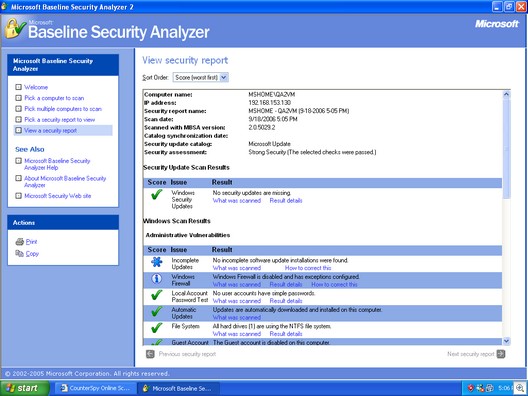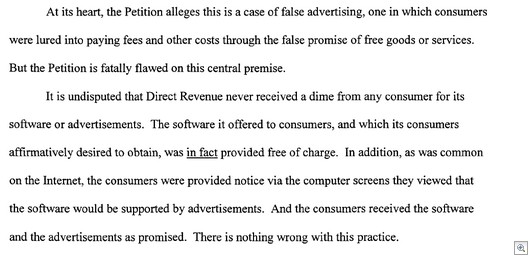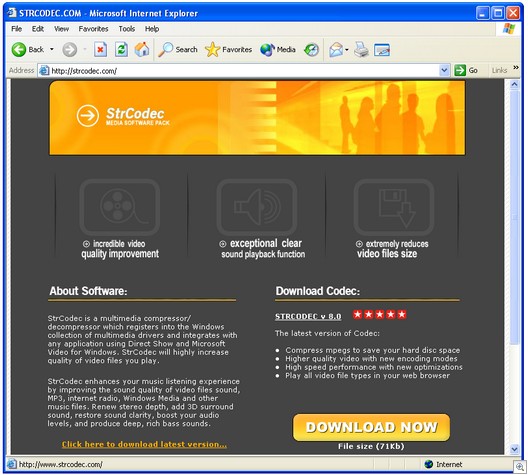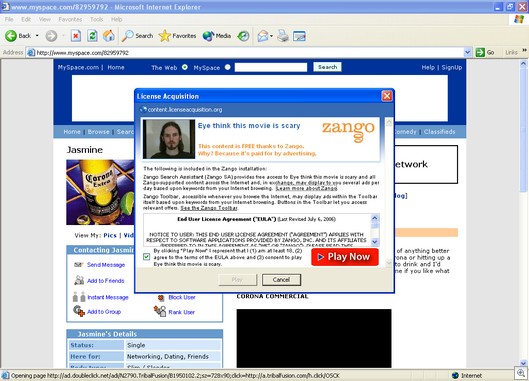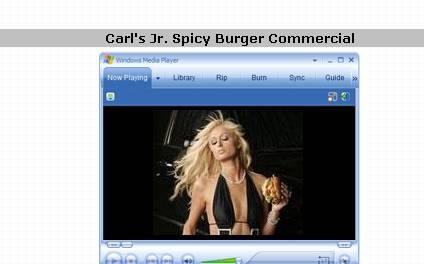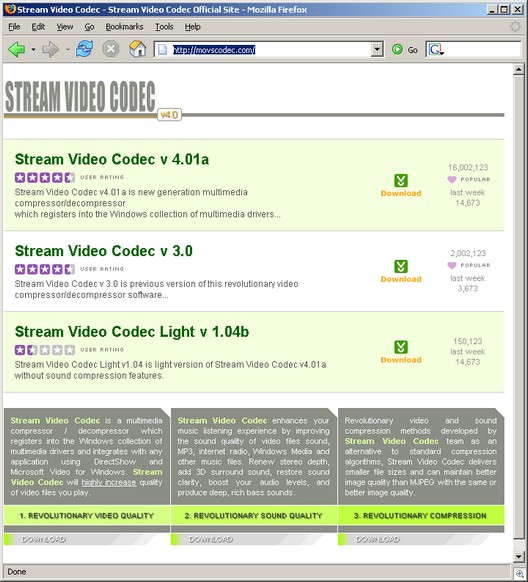How to change taskbar grouping behavior
You can configure the taskbar Properties in XP to group similar items together (for instance, all open Word documents) when the buttons start to get too small. By default, the items are group in the order they were opened (the one opened first is first in the group, etc.). You can change the grouping behavior by editing the registry. Here’s how:
- Open your favorite registry editor and navigate to this key: HKEY_CURRENT_USERSoftwareMicrosoftWindowsCurrentVersionExplorerAdvanced
- Create or open the DWORD entry called TaskbarGroupSize.
- In the Value Data field, enter one of the following values, depending on how you want items to be grouped: 0 = group by age (this is the default); 1 = group by size, largest first; 2 = group any group of two or more; 3 = group any group of 3 or more.
- Close the registry editor.
You have to log off and log back on before the change takes effect, and it only applies to the user account logged on when the change is made.
How to Tweak the XP Recovery Console
Here’s a very useful article that shows you how to remove the built-in restrictions on XP’s Recovery Console so you can use it to work anywhere on the hard drive, use removable media, and more, here.
This month’s Patch Tuesday looks like a light one
Patch Tuesday is today, but it appears there will only be three security updates released this month, with one of these (for Office) listed as critical. Read more here.
Running a web site on XP.
If you want want to run your own web site and host it on your XP system, you need web server software. If you’re running Windows XP Pro, you can install Internet Information Service (IIS) 5.1 through the Control Panel | Add/Remove Programs | Windows Components. IIS 5.1 has some limitations: you can only create one site, and only ten people can connect to it simultaneously. That may be sufficient for a family site. If you need a more robust site or multiple sites, you can get Windows Server 2003 Web Edition, which costs much less than the other editions of Server 2003 ($399, as opposed to $999 for standard edition) and includes IIS 6.0.
Another option is to run the open source Apache web server on XP. For more info, click here.
Finally, consider your Internet connection bandwidth and terms of service. You need a decent upstream speed (preferably at least 384Kbps) for those who visit your site to have a pleasant experience. Many ISPs throttle upstream bandwidth. Some also prohibit running servers in their TOS, so check your contract. You also need a static IP address, or you’ll need to use a service such as TZO’s dynamic DNS to map your domain name to a dynamic IP address.
But remember: When you set up your own website, you are responsible for the security of that site. All too many times, we see websites hacked to run phishing operations and malware, simply because the administrator of that website didn’t keep the web server software updated to the latest version, or didn’t put in basic security.
Error 633 when starting broadband connection
If you try to connect to your broadband service and get an error message that says “the modem (or other connecting device) is already in use or is not configured properly,” it usually means you already have an active connection. The solution is to disconnect the existing connection before trying to establish the new connection. See KB article 279658.
Taskbar appears on the wrong monitor
If you’re using multiple monitors in XP and you change the monitor you want to be primary monitor and then log off, you may find when you log back on that the taskbar appears on the secondary monitor, even though your icons are on the primary monitor. This can happen when you use a video adapter. Luckily, there’s a simple procedure for fixing the problem. Just follow the steps in KB article 905776.
Desktop icons randomly change
A common problem we hear about is when some of the icons on the XP desktop and/or on the Quick Launch bar randomly change to a different icon. This happens when the icon cache isn’t properly updated. There’s a registry edit that can fix it, but be sure to backup the registry and use caution when making changes. You can find step by step instructions in KB article 132668.
New Vista Networking Features
Microsoft completely rewrote the TCP/IP stack in Vista, making a number of improvements. Some of these, such as native support for IPv6, won’t mean much to the average home or office user. Others, like the new algorithms that should result in a considerable improvement in network speed/improvement for those with fast broadband connections, will be welcome by all.
The new Network Center, which replaces My Network Places, may take a little getting used to. I like the graphical map of the network, and it’s nice that you can use the Personalize feature to change the name and icon of a network connection. This is especially useful when connecting to wireless networks that were previously identified by their SSIDs (which was often something generic like Linksys3345).
You can read more about Vista’s new networking features here.
Deb Shinder, MVP

